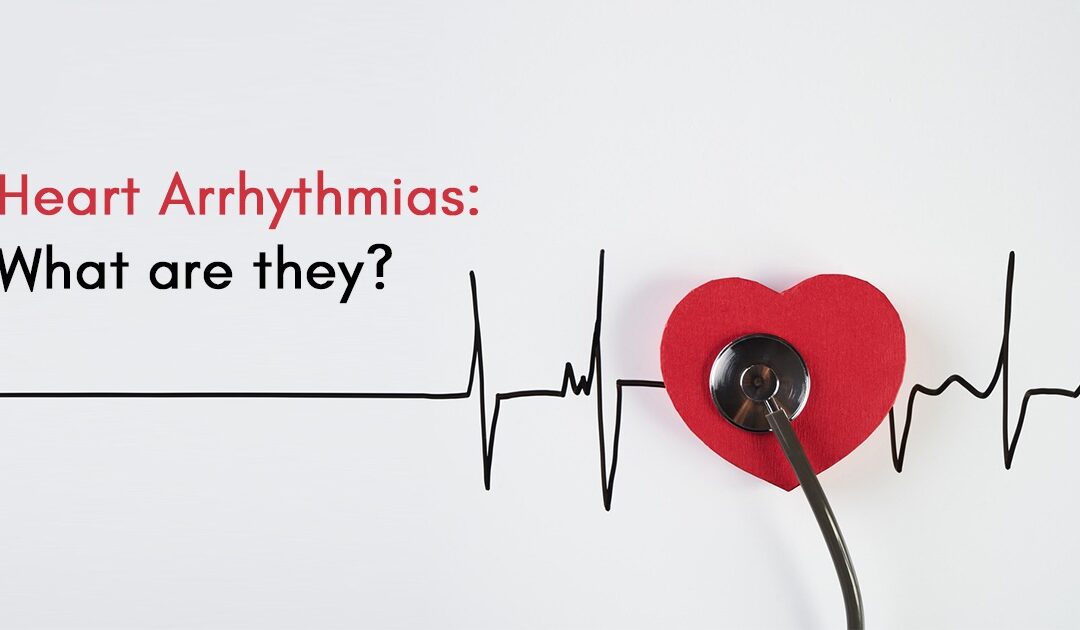A heart arrhythmia is an abnormal heartbeat. A heart arrhythmia develops when the electrical signals that tell the heart to beat do not function properly. The heart can beat too quickly or too slowly. Or the heartbeat pattern may be inconsistent. A heart arrhythmia may manifest as a fluttering, hammering, or racing heartbeat. Some cardiac arrhythmias are benign. Others may have life-threatening symptoms.
What are some types to look out for?
Heart arrhythmias are often classified according to the rate at which they occur. They are:
- Tachycardia is defined as a rapid heartbeat. The heart rate is over 100 beats per minute.
- Bradycardia is an abnormally slow heartbeat. The heart rate is under 60 beats per minute.
Some types of Tachycardia include:
- Atrial fibrillation (AFib): Chaotic cardiac signalling results in a fast, uncoordinated heartbeat. AFib may be transient, starting and stopping on its own. However, certain instances may persist unless addressed. AFib has been connected with stroke.
- Atrial flutter: Atrial flutter is similar to AFib, however the heartbeats are more regular. Atrial flutter has also been associated with strokes.
- Supraventricular tachycardia: This wide phrase encompasses irregular heartbeats that originate above the lower heart chambers, known as the ventricles. Supraventricular tachycardia generates hammering heartbeats that begin and end abruptly.
Some types of Bradycardia include:
- Sick sinus syndrome: The sinus node regulates the rhythm of the heart. If the node is not working properly, the heart rate may fluctuate between too slow and too fast. Scarring at the sinus node can produce sick sinus syndrome because it delays, interrupts, or blocks heartbeat impulses. The condition is more common among older people.
- Conduction block: A blockage in the heart’s electrical circuits can cause the signals that stimulate the heartbeat to slow or stop. Some blocking may result in no symptoms. Others can cause missed or delayed heartbeats.
Some symptoms of an Arrhythmia may include:
- A slow heartbeat.
- Chest pain.
- A fluttering, pounding or racing feeling in the chest.
- Shortness of breath.
- A fast heartbeat.
Lifestyle adjustments used to treat heart disease may help avoid cardiac arrhythmias. Try these heart-healthy recommendations:
- Don’t smoke.
- Consume a diet that is low in sodium and saturated fat.
- On the majority of days of the week, exercise for at least 30 minutes.
- Maintain a healthy weight.
- Reduce and control stress.
- Control hypertension, excessive cholesterol, and diabetes.
- Get adequate sleep. Adults should aim for seven to nine hours per day.
- Limit or completely avoid caffeine and alcohol.
Some heart rhythms are harmless, but others can be dangerous. Consult your doctor if you notice any sudden or frequent symptoms such as a fluttering heartbeat, chest pain, shortness of breath, or a sluggish heart rate. Early identification and treatment can help manage arrhythmias and keep your heart healthy.

